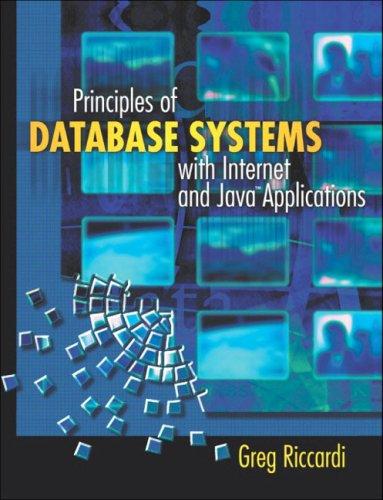Question
Use C language: Use a queue to generate binary number strings. For example 1st step: enqueue 1 onto the queue. 2nd step: Dequeue 1, print
Use C language: Use a queue to generate binary number strings.
For example
1st step: enqueue "1" onto the queue. 2nd step: Dequeue "1", print it, and place "10" and "11" on the queue (add "0" and "1" at the end of the printed item "1").
3rd step: Dequeue "10", print it, and add "100" and "101" onto the queue ( (add "0" and "1" at the end of the printed item "1").)
4th step: Dequeue "100", print it, and add "1000" and "1001" onto the queue ( (add "0" and "1" at the end of the printed item "1").)
Strings only may be used and you are allowed to use string.h. You can input n from the user and count from 1 to n in binary using the queue.
Suppose you have an empty string and you want to print 1 to 9 binary numbers. Your code will generate the following output: 1 10 11 100 101 1000 1001
10000 100001
100000 1000001
You can either choose (C language) an array implementation or a linked list implementation of the queue.
Step by Step Solution
There are 3 Steps involved in it
Step: 1

Get Instant Access to Expert-Tailored Solutions
See step-by-step solutions with expert insights and AI powered tools for academic success
Step: 2

Step: 3

Ace Your Homework with AI
Get the answers you need in no time with our AI-driven, step-by-step assistance
Get Started


